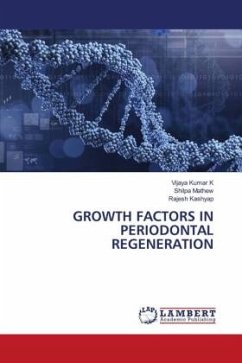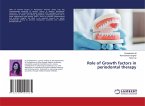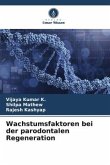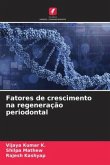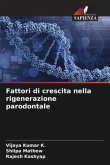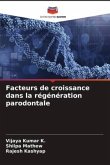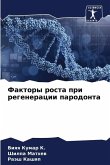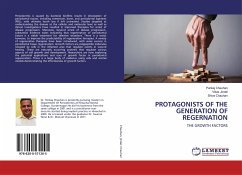Inflammatory periodontal disease is an almost ubiquitous disorder in the adult population. Cases or sites with moderate to advanced disease often continue to show signs of inflammation after non-surgical approach. Our current understanding of periodontal healing is based on a hypothesis by Melcher who proposed that the cell type that repopulates the exposed root surface at the periodontal repair site will define the nature of the attachment/repair that take place. If mesenchymal cells from periodontal ligament/perivascular region of the bone proliferate and colonize the root surface, regeneration occurs. Growth factors are natural cell products that are released or activated when cell division is needed. This action typically occurs during such events as wound healing or tissue regeneration. Activated platelets at the wound margins and cells adjacent to the injured site are induced to release growth factors within a few hours after injury. In periodontal regeneration,agents whichpromote periodontal ligament fibroblast (PLF) proliferation and migration as well as collagen biosynthesis would appear to be mediators for enhancing new PDL formation.
Bitte wählen Sie Ihr Anliegen aus.
Rechnungen
Retourenschein anfordern
Bestellstatus
Storno

